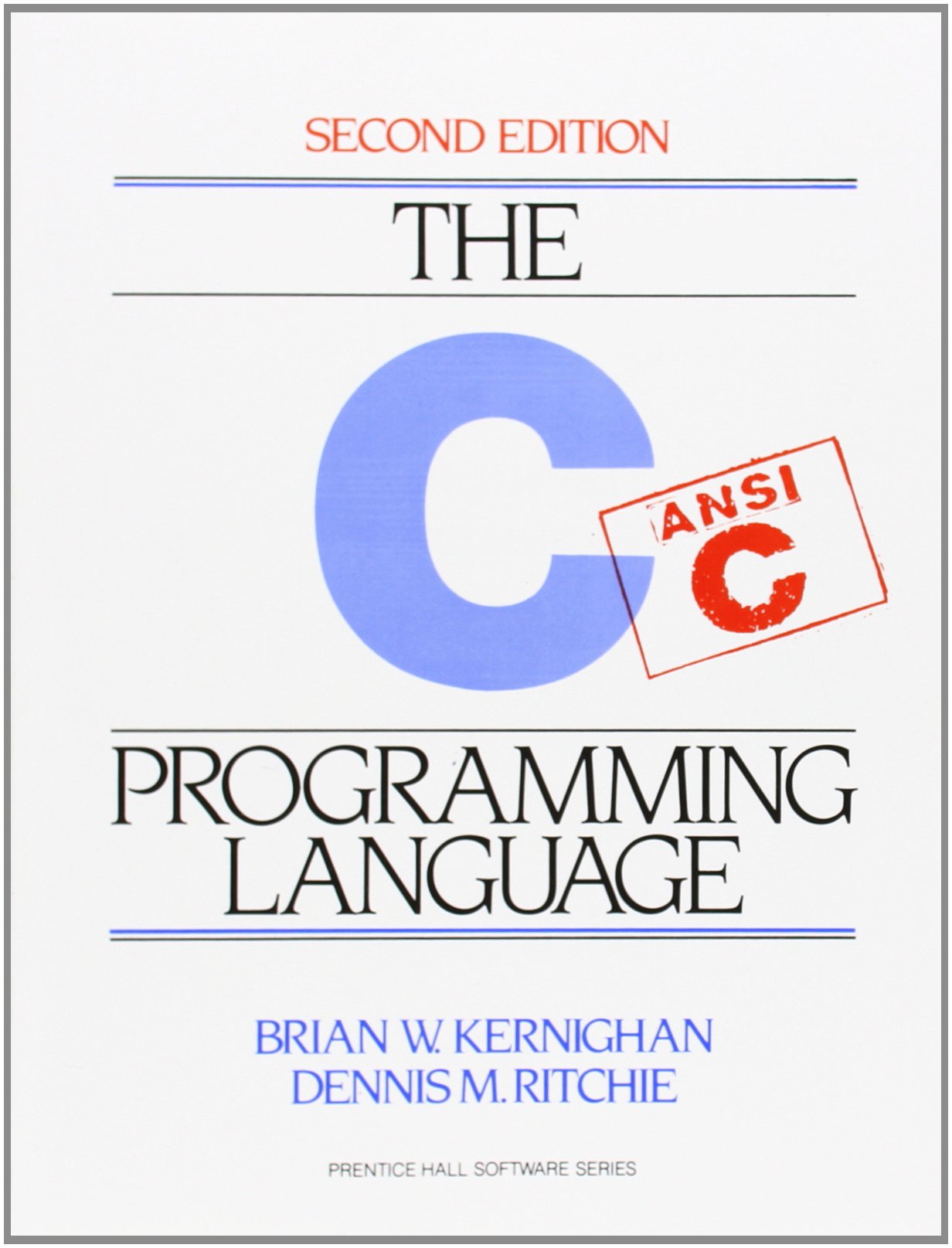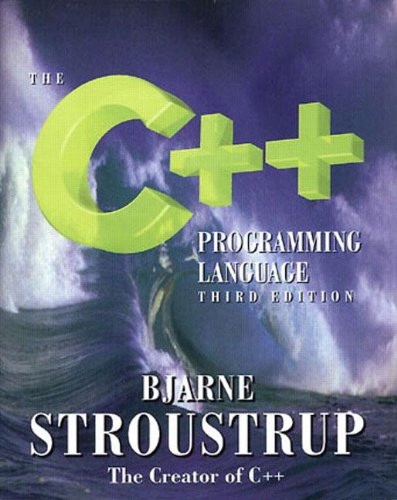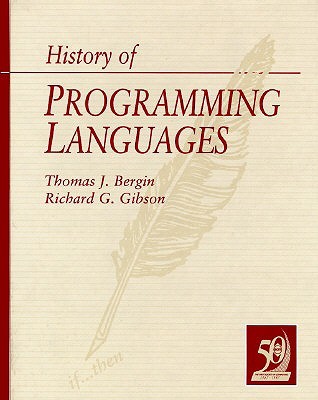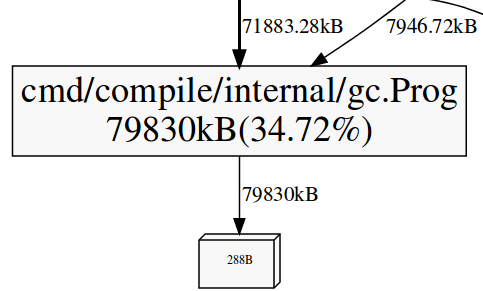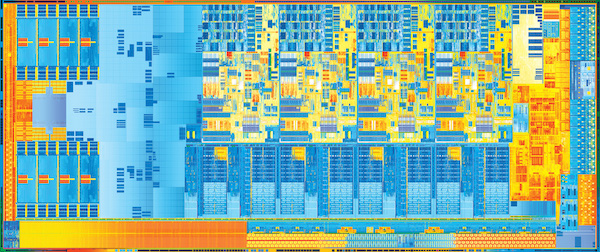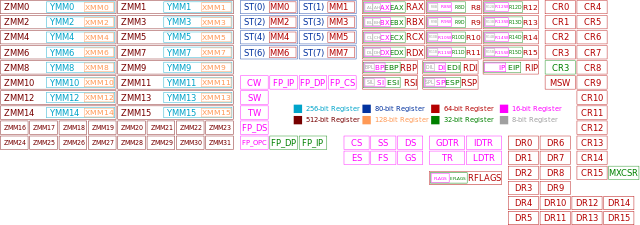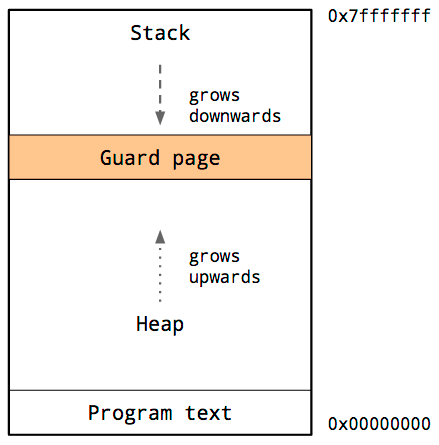Introduction
The Go runtime, in addition to providing the usual services of garbage collection, goroutine scheduling, timers, network polling and so forth, contains facilities to enable extra debugging output and even alter the behaviour of the runtime itself.
These facilities are controlled by environment variables passed to the Go program. This post describes the function of the major environment variables supported by the runtime.
GOGC
GOGC is one of the oldest environment variable supported by the Go runtime. It’s possibly older than GOROOT, but nowhere near as well known.
GOGC controls the aggressiveness of the garbage collector. By default this value is assumed to be 100, which means garbage collection will not be triggered until the heap has grown by 100% since the previous collection. Effectively GOGC=100 (the default) means the garbage collector will run each time the live heap doubles.
Setting this value higher, say GOGC=200, will delay the start of a garbage collection cycle until the live heap has grown to 200% of the previous size. Setting the value lower, say GOGC=20 will cause the garbage collector to be triggered more often as less new data can be allocated on the heap before triggering a collection.
Setting GOGC=off will disable garbage collection entirely.
With the introduction of the low latency collector in Go 1.5, phrases like “trigger a garbage collection cycle” become more fluid, but the underlying message that values of GOGC greater than 100 mean the garbage collector will run less often, and for values of GOGC less than 100, more often, remains the same.
GOTRACEBACK
GOTRACEBACK controls the level of detail when a panic hits the top of your program. In Go 1.5 GOTRACEBACK has four valid values.
GOTRACEBACK=0will suppress all tracebacks, you only get the panic message.GOTRACEBACK=1is the default behaviour, stack traces for all goroutines are shown, but stack frames related to the runtime are suppressed.GOTRACEBACK=2is the same as the previous value, but frames related to the runtime are also shown, this will reveal goroutines started by the runtime itself.GOTRACEBACK=crashis the same as the previous value, but rather than callingos.Exit, the runtime will cause the process to segfault, triggering a core dump if permitted by the operating system.
The effect of GOTRACEBACK can be seen with a simple program.
package main
func main() {
panic("kerboom")
}
Compiling and running this program with GOTRACEBACK=0 shows the suppression of all goroutine stack traces.
% env GOTRACEBACK=0 ./crash panic: kerboom % echo $? 2
Experimentation with the other possible values of GOTRACEBACK is left as an exercise to the reader.
Changes to GOTRACEBACK coming in Go 1.6
For Go 1.6 the interpretation of GOTRACEBACK is changing. The new values of GOTRACEBACK will be:
GOTRACEBACK=nonewill suppress all tracebacks, you only get the panic message.GOTRACEBACK=singleis the new default behaviour that prints only the goroutine believed to have caused the panic.GOTRACEBACK=allcauses stack traces for all goroutines to be shown, but stack frames related to the runtime are suppressed.GOTRACEBACK=systemis the same as the previous value, but frames related to the runtime are also shown, this will reveal goroutines started by the runtime itself.GOTRACEBACK=crashis unchanged from Go 1.5.
For compatibility with Go 1.5, a value of 0 maps to none, 1 maps to all, and 2 maps to system.
The major take away from this change is, by default in Go 1.6, panic messages will only print the stack trace for the faulting goroutine. This change is detailed in issue 12366 and CL 16512.
GOMAXPROCS
GOMAXPROCS is the well known (and cargo culted via its runtime.GOMAXPROCS counterpart), value that controls the number of operating system threads allocated to goroutines in your program.
As of Go 1.5, the default value of GOMAXPROCS is the number of CPUs (whatever your operating system considers to be a CPU) visible to the program at startup.
note: the number of operating system threads in use by a Go program includes threads servicing cgo calls, thread blocked on operating system calls, and may be larger than the value of GOMAXPROCS.
GODEBUG
Saving the best for last is GODEBUG. The contents of GODEBUG are interpreted as a list of name=value pairs separated by commas, where each name is a runtime debugging facility. Here is an example invoking godoc with garbage collection and schedule tracing enabled:
% env GODEBUG=gctrace=1,schedtrace=1000 godoc -http=:8080
The remainder of this post will discuss the GODEBUG debugging facilities that I find useful to diagnosing Go programs.
gctrace
Of all the GODEBUG facilities, gctrace is the one I find most useful. Here is the output of the first few milliseconds of a godoc -http server with gctrace debugging enabled:
% env GODEBUG=gctrace=1 godoc -http=:8080 -index gc #1 @0.042s 4%: 0.051+1.1+0.026+16+0.43 ms clock, 0.10+1.1+0+2.0/6.7/0+0.86 ms cpu, 4->32->10 MB, 4 MB goal, 4 P gc #2 @0.062s 5%: 0.044+1.0+0.017+2.3+0.23 ms clock, 0.044+1.0+0+0.46/2.0/0+0.23 ms cpu, 4->12->3 MB, 8 MB goal, 4 P gc #3 @0.067s 6%: 0.041+1.1+0.078+4.0+0.31 ms clock, 0.082+1.1+0+0/2.8/0+0.62 ms cpu, 4->6->4 MB, 8 MB goal, 4 P gc #4 @0.073s 7%: 0.044+1.3+0.018+3.1+0.27 ms clock, 0.089+1.3+0+0/2.9/0+0.54 ms cpu, 4->7->4 MB, 6 MB goal, 4 P
The format of this output changes with every version of Go, but you will always find commonalities like the amount of time of the various gc phases; 0.051+1.1+0.026+16+0.43 ms clock, and the various heap sizes during garbage collection cycle; 4->6->4 MB. This trace also includes the timestamp the gc cycle completed, relative to the start time of the program, however older versions of Go omit this information.
The individual output lines may be useful for analysis, but I find it more useful to view them in aggregate. For example, if you enable gc tracing and the output is continuous, it’s a clear sign that the program is allocation bound. Likewise if the reported size of the heap continues to grow over time, that is a clear sign of a memory leak where references that are expected to be freed are being retained in some global structure.
The overhead of enabling gctrace is effectively zero for production deployments as these statistics are always being collected, but are normally suppressed. I recommend that you enable it at least for some representative sample of your application’s production deployment.
note:setting gctrace to values larger than 1 causes each garbage collection cycle to be run twice. This exercises some aspects of finalisation that require two garbage collection cycles to complete. You should not use this as a mechanism to alter finalisation performance in your programs because you should not write programs whose correctness depends on finalisation.
The heap scavenger
By far the most useful piece of output enabled by gctrace=1 is the output of the heap scavenger.
scvg143: inuse: 8, idle: 104, sys: 113, released: 104, consumed: 8 (MB)
The scavenger’s job is to periodically sweep the heap looking for unused operating system pages. The scavenger then releases them by notifying the operating system that these memory pages from the heap that are not in use. There is no facility to force the operating system to take back the page and many operating systems choose to ignore this advice, or at least defer taking any action until the a time when the machine is starved for free memory.
The output from the scavenger is the best way I know of to tell how much virtual address space is in use by your Go program. It is expected that these values will vary significantly from what tools like free(1) and top(1) report. You should trust the values reported by the scavenger.
schedtrace
Because the Go runtime manages the allocation of a large set of goroutines onto a smaller set of operating system threads, observing your program externally may not give sufficient detail to understand its performance. You may need to investigate the operation of the runtime scheduler directly. This output is controlled with the schedtrace value:
% env GODEBUG=schedtrace=1000 godoc -http=:8080 -index SCHED 0ms: gomaxprocs=4 idleprocs=2 threads=4 spinningthreads=1 idlethreads=0 runqueue=0 [0 0 0 0] SCHED 1001ms: gomaxprocs=4 idleprocs=0 threads=8 spinningthreads=0 idlethreads=2 runqueue=0 [189 197 231 142] SCHED 2004ms: gomaxprocs=4 idleprocs=0 threads=9 spinningthreads=0 idlethreads=1 runqueue=0 [54 45 38 86] SCHED 3011ms: gomaxprocs=4 idleprocs=0 threads=9 spinningthreads=0 idlethreads=2 runqueue=2 [85 0 67 111] SCHED 4018ms: gomaxprocs=4 idleprocs=3 threads=9 spinningthreads=0 idlethreads=4 runqueue=0 [0 0 0 0]
A detailed discussion of the schedtrace output is available in Dmitry Vyukov’s excellent blog post from the Intel DeveloperZone.
Append scheddetail=1 will cause the runtime to output the state of each individual goroutine in addition to the summary, producing very verbose output.
% env GODEBUG=scheddetail=1,schedtrace=1000 godoc -http=:8080 -index SCHED 0ms: gomaxprocs=4 idleprocs=3 threads=3 spinningthreads=0 idlethreads=0 runqueue=0 gcwaiting=0 nmidlelocked=0 stopwait=0 sysmonwait=0 P0: status=1 schedtick=0 syscalltick=0 m=0 runqsize=0 gfreecnt=0 P1: status=0 schedtick=0 syscalltick=0 m=-1 runqsize=0 gfreecnt=0 P2: status=0 schedtick=0 syscalltick=0 m=-1 runqsize=0 gfreecnt=0 P3: status=0 schedtick=0 syscalltick=0 m=-1 runqsize=0 gfreecnt=0 M2: p=-1 curg=-1 mallocing=0 throwing=0 preemptoff= locks=1 dying=0 helpgc=0 spinning=false blocked=false lockedg=-1 M1: p=-1 curg=17 mallocing=0 throwing=0 preemptoff= locks=0 dying=0 helpgc=0 spinning=false blocked=false lockedg=17 M0: p=0 curg=1 mallocing=0 throwing=0 preemptoff= locks=2 dying=0 helpgc=0 spinning=false blocked=false lockedg=1 G1: status=2(stack growth) m=0 lockedm=0 G17: status=3() m=1 lockedm=1 G2: status=1() m=-1 lockedm=-1
This output may be useful for debugging leaking goroutines, but other facilities like net/http/pprof are likely to be more useful.
Further reading
All the environment variables available for your version of Go are detailed in the godoc for the runtime package.
